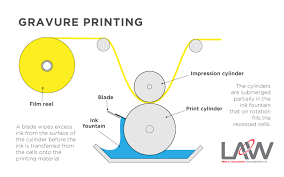Activity
-
-
Mystik™
With creative play of different new generation polymer layers combined with special alloys aluminum foil, Mystik™ pro
-
Planet paper offers litho and spot litho...
Advantages: High image quality.
-
High speed labeling in a modular design
Weber engineered the modular Alpha HSM so that it can be ordered in 10 different versions to fit just about any label
-
Full stereocomplex pla technology now co...
The new stereocomplex PLA – a material with long, regularly interlocking polymer chains – allows for an even higher h
-
Latitude®
Key Features:
1. Compact, ergonomic and intuitive design
-
Uds: the single shot nasal unit-dose sys...
UDS are applicable for therapies where a small and very precise amount of active drug formulation is required in a si
-
Bosch to sell packaging business
With the Bosch Group focusing on the transformation ahead, it has not identified any sufficiently relevant synergy ef
-
Ophthalmic squeeze dispenser
Aptar Pharma has launched its new multidose dispenser for unpreserved ophthalmic preparations, solving the majority o
-
Df30 technology platform
KEY BENEFITS:
1. Suitable for both solution and suspension-based formulations
-
Simplisqueeze
Aptar Pharma is introducing its patented SimpliSqueeze® technology for pharmaceutical applications.
-
Aptar pharma's 'bag on valve'
Aptar Pharma’s BOV technology can be considered cost effective and environmentally safe.
-
Innovative new packaging for clarins dou...
Double Serum by Clarins is an iconic product, made up of the best scientific formulas including a double hydric and l
-
Landmark® dose indicator
Landmark® patented mechanical dose indicator is designed to be easy to use with all metering valves.
-
Lidding film
KPeel is a very strong, impact resistant lidding film, 29 or 43 microns thick and dual ovenable. -
Top 5 packaging materials used in indust...
-
Gravure printing
-
Dip coating and its packaging applicatio...
-
Schreiner medipharm's tamper evident 'co...
-
Ultra violet (uv) coating









